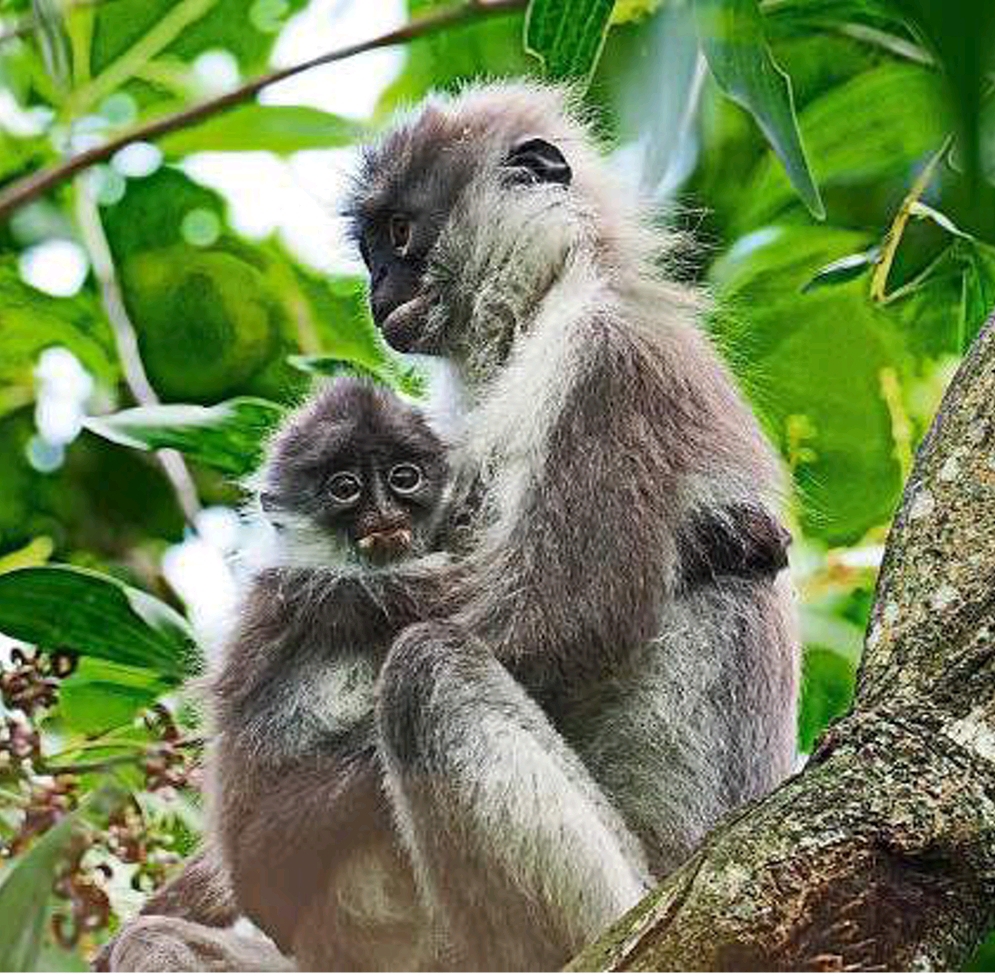While most of the mammals remaining at Bukit Kiara are those that typically occupy plantations, parks and gardens, there are a few species that are of high conservation importance.






While most of the mammals remaining at Bukit Kiara are those that typically occupy plantations, parks and gardens, there are a few species that are of high conservation importance.




